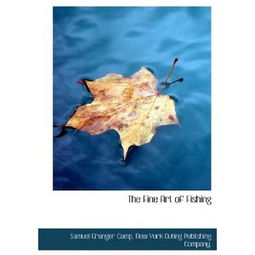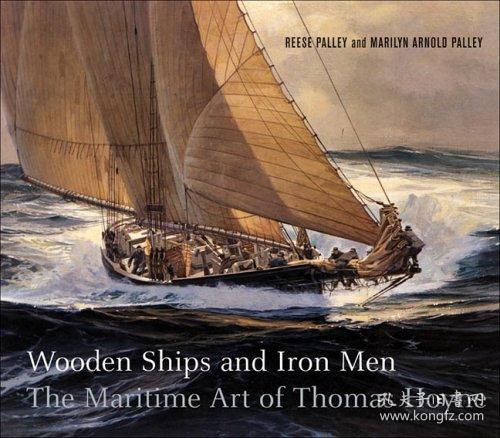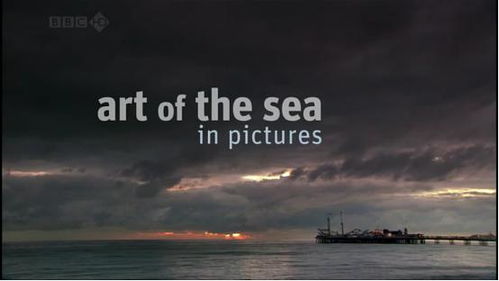Content:
Whale Creek, a serene waterway known for its abundant fish population, has long been a favorite spot for anglers seeking a rewarding fishing experience. Whether you are a seasoned fisherman or a beginner looking to test your skills, mastering the art of fishing in Whale Creek requires a blend of knowledge, patience, and the right techniques. In this comprehensive guide, we will delve into the essential tips and tricks that will help you hook the big ones in this enchanting location.
Understanding the Creek
Before delving into the fishing techniques, it's crucial to understand the characteristics of Whale Creek. This waterway is known for its clear waters, which can sometimes be deceptive. The creek is lined with lush vegetation and has a variety of habitats, including shallow flats, deeper channels, and submerged structures that attract fish. Knowing these features will help you identify the best spots to cast your line.
Choosing the Right Gear
The right gear can make a significant difference in your fishing success. Here are some essential items you should consider:
Rod and Reel: A medium-heavy action rod with a spinning reel is suitable for most fishing scenarios in Whale Creek. The rod should be long enough to handle the occasional long cast and strong enough to handle the fight of a good-sized fish.
Line: Use a monofilament line with a breaking strength of 10-15 pounds. This line is versatile enough for various fishing techniques and provides enough stretch to absorb shock during a fish's struggle.
Hooks: Depending on the type of fish you're targeting, choose hooks of appropriate size and strength. For larger fish, use 1/0 to 3/0 hooks, while smaller fish may require 4/0 to 6/0 hooks.
Lures and Baits: In Whale Creek, a mix of artificial lures and natural baits can be effective. Soft plastics, spinnerbaits, jigs, and live bait like minnows or shrimp can all be successful.
Fishing Techniques
Topwater Fishing: Early morning or late afternoon are the best times for topwater fishing in Whale Creek. Cast your lure to the edges of vegetation or over shallow water. Watch for surface disturbances or fish breaking the water to strike.
Bait Fishing: If you're using live bait, such as minnows or shrimp, fish them near the bottom or just above it. Cast your line and let it sink to the desired depth before slowly retrieving it.
Spinnerbait Fishing: Spinnerbaits are excellent for covering water quickly and attracting fish with their flashing blades. Cast the bait across the creek, allowing it to flutter back to you. The key is to maintain a steady retrieve and vary the speed to mimic a struggling baitfish.
Jigging: Jigging is effective in deeper areas of the creek. Drop your jig to the bottom and then twitch it up and down to mimic a wounded fish. The erratic movement can trigger strikes from fish lurking in the depths.
Fishing Structures: Submerged logs, rocks, and other structures are prime spots for fish to hide. Cast your lure close to these structures and work it slowly, as fish often lurk in these areas.

Timing and Conditions
The best time to fish in Whale Creek is during the early morning or late evening when fish are most active. The cooler temperatures and reduced sunlight during these times encourage fish to feed. Additionally, consider the weather conditions. Overcast days or windier conditions can often produce better fishing as fish are less likely to be spooked.
Safety and Etiquette
Always prioritize safety when fishing in Whale Creek. Wear a life jacket if you're fishing from a boat, and be aware of your surroundings. Additionally, practice good fishing etiquette by leaving the area as you found it and respecting the local wildlife.
Conclusion
Fishing in Whale Creek can be a profoundly rewarding experience, offering anglers the chance to catch a variety of fish in a picturesque setting. By understanding the creek's characteristics, choosing the right gear, employing effective fishing techniques, and respecting the environment, you'll be well on your way to becoming a master angler in this enchanting waterway. Happy fishing!












